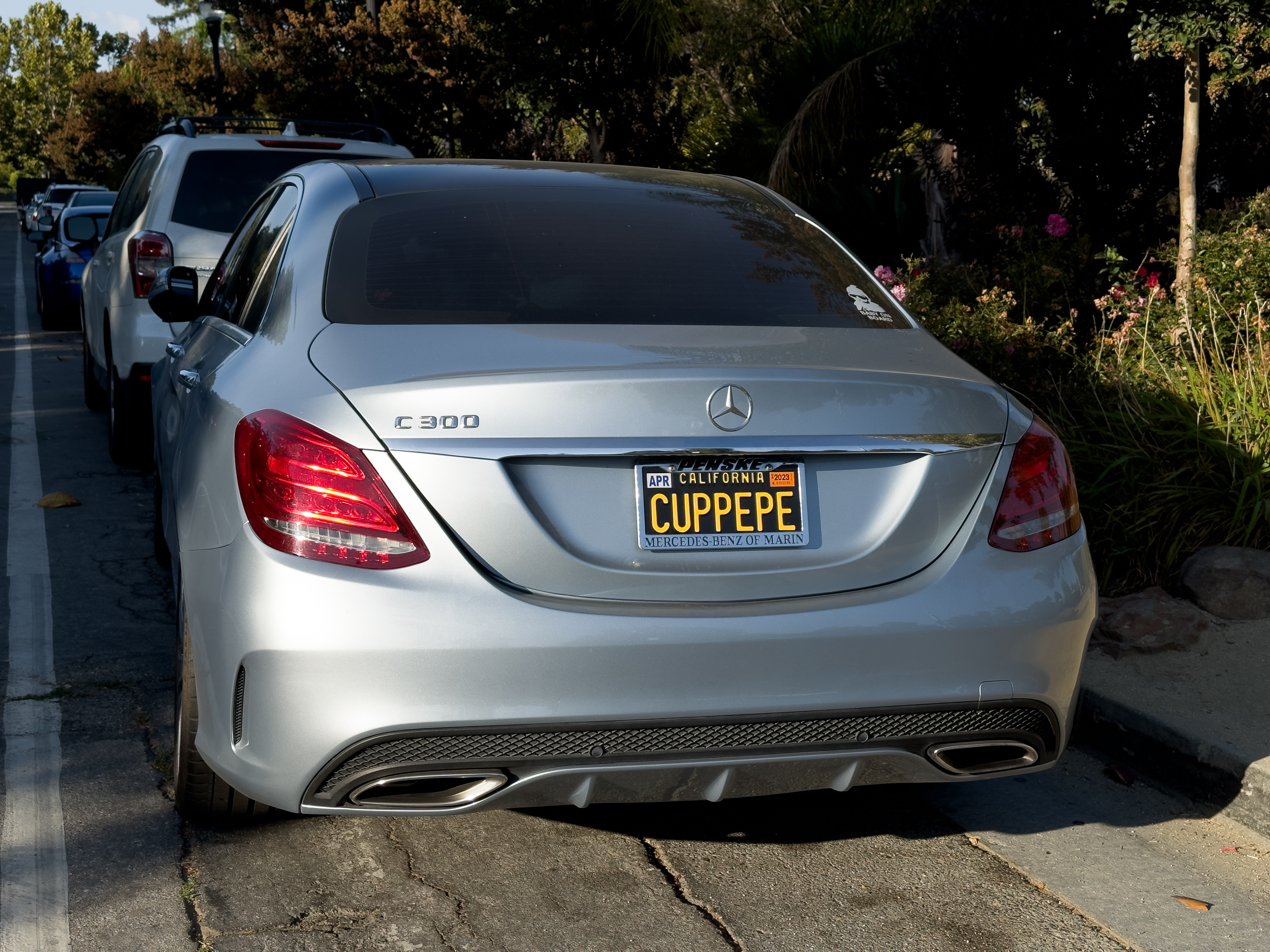A License Plate Sent Me Down a Coffee-Flavored Rabbit Hole
A few days ago, I came across this license plate. I had no idea what it meant, so I took a snapshot and posted it to a license plate group. In that group, someone suggested that it meant “Cup of Joe”, as in coffee.

But what does Pepe have to do with Joe? After a bit of reading, I discovered that Pepe is a nickname for Josep (José) in Spanish, and Josep is the Spanish version of Joseph, which in turn gives us Joe, the nickname for coffee.
Okay, but how is Pepe a nickname for Josep? Those names don’t sound anything alike! Turns out, in Catholic literature, the name of Saint Joseph, Mary’s husband, was customarily followed by the letters P.P., an abbreviation of the Latin pater putativus, i.e. the “putative father” of Jesus. If you read the letters P.P. out loud in Spanish, it sounds like “pe pe”, and that’s how Pepe became a nickname for Josep.
So Pepe is a nickname for Joseph, and that’s why this license plate is probably a reference to coffee, a cup of Joe.
But why is Joe a nickname for coffee? It seems nobody knows for sure, but a leading theory is that it’s short for jamoke, a nickname for coffee in the 19th century, a pormanteau of Java and mocha. A “cup of jamoke” became a “cup of Joe”.
But why is Java a nickname for coffee? This one is all thanks to the Dutch, who snuck coffee beans out of Yemen, where the crop was grown by Arab merchants who in turn imported it from Ethiopia for exclusive cultivation. The Dutch introduced these aromatic beans to Indonesia, and soon cultivated their own popular variant in colonial plantations on the islands of Sumatra, Bali, and Java. The Dutch sold the coffee back into Europe from the port of Batavia on the island of Java, and these beans were called “Java coffee” to distinguish them from their Middle Eastern competition.
But recall that jamoke is a combination of Java and mocha. So why is mocha associated with coffee? Well, the Yemeni beans (from which the Dutch snuck out their Javanese variants) were exported from the Yemeni port of al-Mukha, so those beans were known as “mocha coffee” in Europe.
Europeans soon learned that mixing the Java cultivars with their mocha counterparts yielded superior-tasting coffee, and thus the “Java-mocha coffee” was born, whose name was then shortened to jamoke, and then to Joe.
So there you have it. Pepe is a nickname for Joe, which is a nickname for coffee that came from jamoke, which is a combination of Java and mocha coffee, which were named after their two ports of origin. All that, from a weird little license plate.